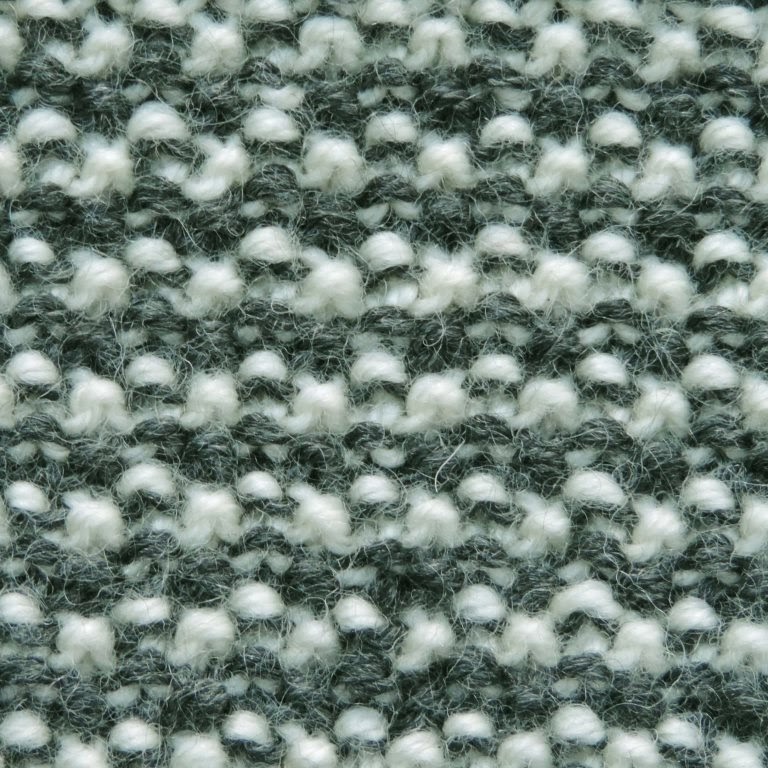This week I went to the usual Thursday knit-and-natter at Spun in the Byram Arcade - this one was special because it was our Christmas do. We all brought in food and drink, it was all delicious, we had a great time and even got some knitting done. And during the party, we gave Lydia and Ash a knitted blanket for their baby, due in January - knitted by all of us in the group. It is a patchwork of 24 squares in two designs - we each knitted three of them. Except Lydia, of course, who didn't know anything about it. It has been a bit tricky keeping it secret at times, because the wool and patterns had to be distributed in the shop, and then we handed back our completed squares in the shop, too, but we managed to pick times when Lydia was busy and didn't notice. Here are my three squares, one with a pear design, for Lydia and Ash's last name, and two with a double heart design. (I tried to take a photo of the complete blanket, but there wasn't a lot of space and the photo has a closeup of someone's foot in the foreground. It looked very nice, believe me. The blanket, not the foot.)
The Byram Arcade was looking festive, with Christmas lights strung along the balconies. The things hanging in the central space are origami birds - a whole flock of them, in different colours and sizes. It looks wonderful.
The Byram Arcade was looking festive, with Christmas lights strung along the balconies. The things hanging in the central space are origami birds - a whole flock of them, in different colours and sizes. It looks wonderful.


















































.jpg)


.jpg)

















